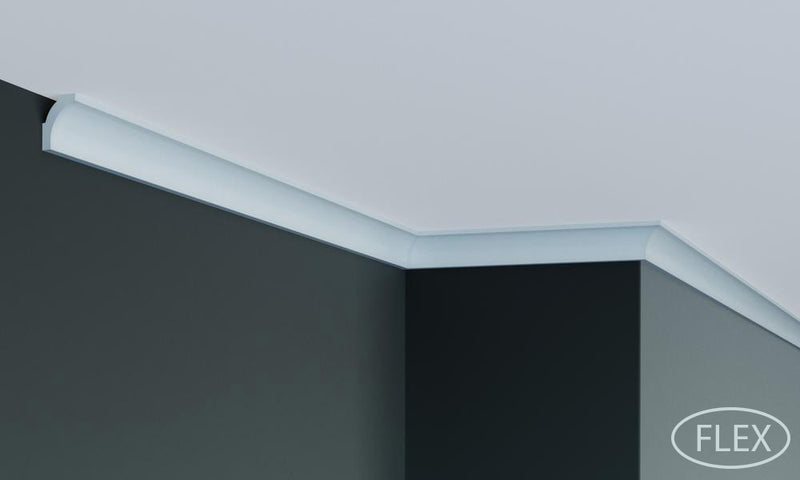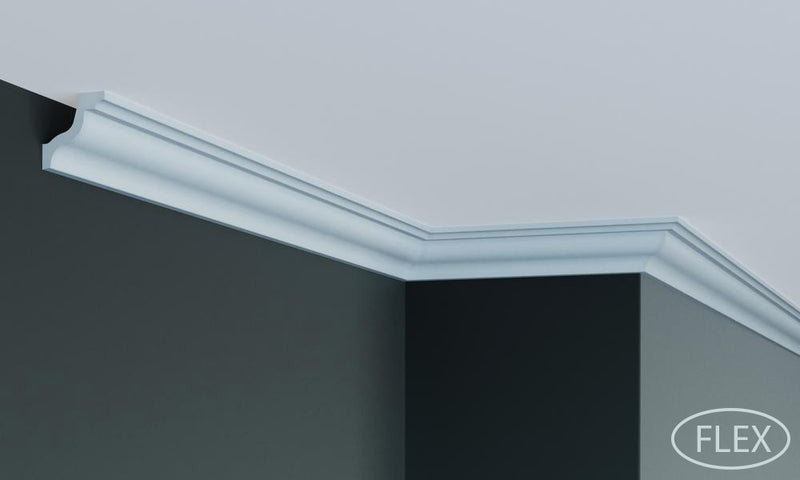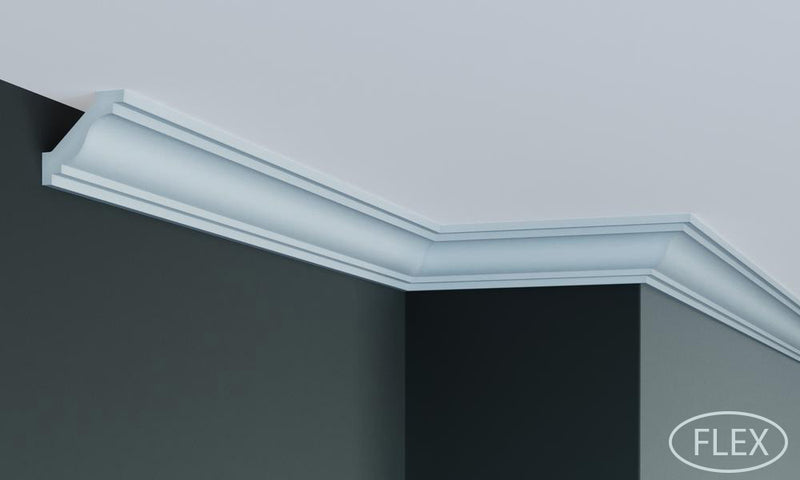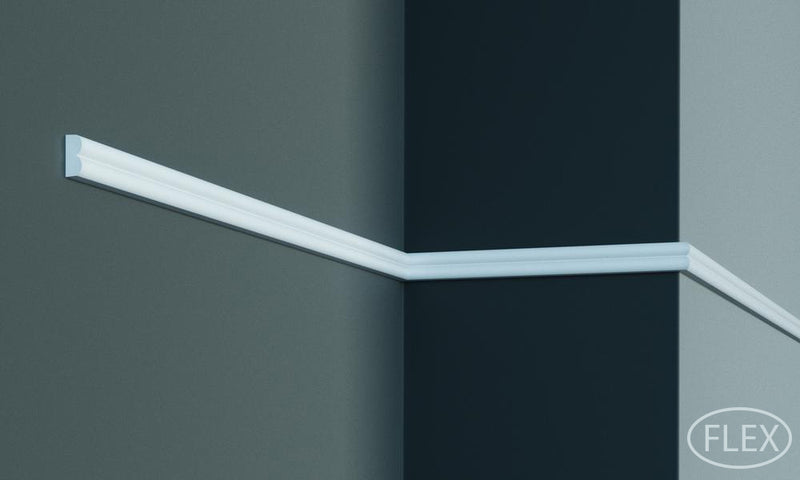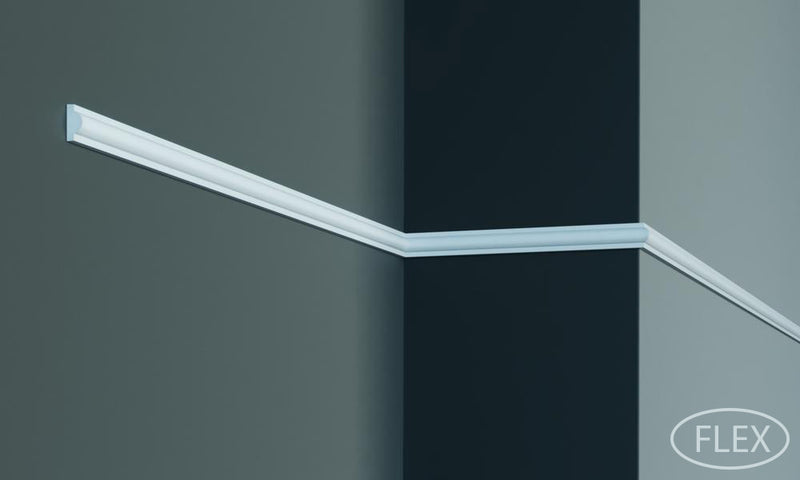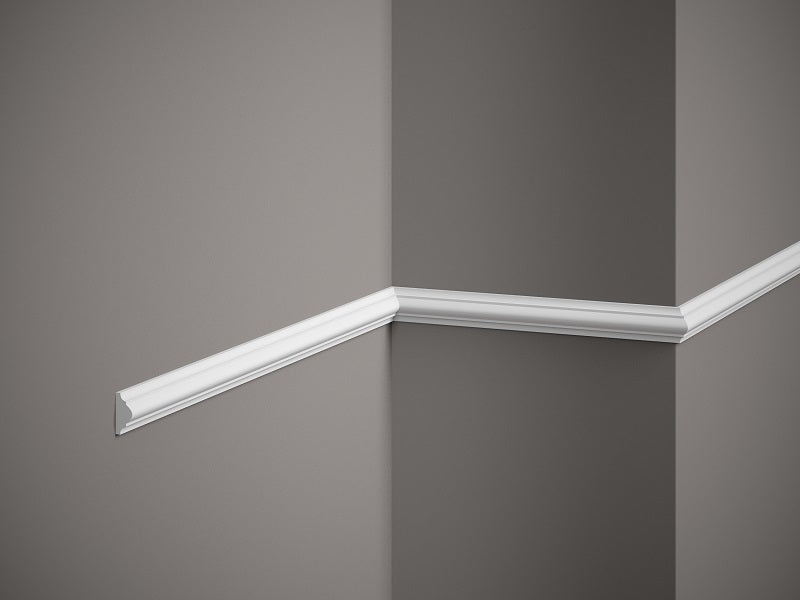The average person has not necessarily heard the term "cornice", but there is no one who has not encountered it. The cornice came to us from the classical architecture that characterized the Mediterranean region in ancient times, and can be seen in its upper parts on the facade of ancient buildings, as an architectural element that decorates the upper part of the building and stands out from it.
Architecture is an art that combines functionality and aesthetics, and it often manages to move us without us understanding exactly why. Whether we are strolling through ancient alleys of European cities or wandering the modern streets of a bustling metropolis, our eyes are drawn to spectacular architectural details. One of the most significant elements that often escapes our conscious attention is the cornice – a design element also known as a “cornice”, which plays a crucial role in shaping the facade of a building and defining its architectural character.
The word cornice, meaning frame or header, evolved from the Italian word "cornice", meaning a curved or curled decoration. The word is an evolution of the Latin word "coronis" , and expresses the prominent and decorative shape of this architectural element .
The functions of the cornice have undergone significant development throughout architectural history, from the classical period to the present day in classical and modern architecture.
The cornice was the uppermost part of the entablature - the architectural ensemble that adorns the upper part of the building's facade, including columns dating back to the Roman period.
The cornice had two main roles:
- Aesthetics: Creating an impressive header on the facade of the building, which defined the design style and feel it gave, and completed the architectural composition.
- Functionality: To keep rainwater away from the walls of the building. The protruding cornice helped prevent water draining from the roof from flowing directly onto the facade of the building and into it, thus preventing dirt, moisture accumulation over time, and the risk of water ingress into the interior of the building.
- Personal design - There is a wide selection of materials from which the cornices can be designed and modified according to the personal taste of the household members. Thanks to this, personal taste can be expressed in a variety of ways during the design process.
- Historical influence - In ancient buildings, the cornice allows the authenticity of the magnificent and impressive design of kings and emperors from ancient times to be preserved, and upgraded in the present with new and exciting colors and directions.
- Maintaining the shape of the building - The additional function of a cornice is to better maintain the quality of the building, including against natural elements such as weather. In doing so, it allows the aesthetics and sometimes also the historical value of the property to be maintained.
- Monetary value - Cornices are a significant factor in improving the value of a property, they add an element of uniqueness and quality to the facade of the building, which increases its attractiveness in the real estate market. They are well maintained, and thanks to this, the property radiates feelings of investment and attention to detail for potential buyers. In the case of historic buildings, they can contribute to the authenticity and cultural value of the property. All of these factors often translate into an increase in the market price of the property, both in sales and rentals.
Cornices in contemporary architecture have been adapted to a minimalist aesthetic: instead of traditional decorations, today the main focus is on emphasizing horizontal lines in the structure, with the modern international style adopting cornices with simple and clean geometric shapes, especially above openings. Cornices also provide the ability to create visual play in the structure, by combining vertical elements, and even provide shading over windows.
In Israel, the term "cornice" has received a broader interpretation: it is not limited to the exterior facade, but refers to any longitudinal protrusion in the wall, even inside the building. Its uses are diverse, from hiding technical systems such as air conditioning, through supporting curtain fittings, to creating an infrastructure for lighting and communications with an inviting and aesthetic appearance.
Modern technology allows the creation of cornices from a variety of raw materials, each with unique characteristics. Wooden cornices are mainly suitable for interior design due to their sensitivity to weather, while concrete cornices, produced by cutting polystyrene, provide design flexibility and high durability.
Other common raw materials are stone cornices. Despite the complex manufacturing process, they are used to restore and preserve historic and prestigious homes on a regular basis. For example, they are a major raw material in the restoration processes of ancient areas in the country, such as Jaffa or Jerusalem, due to the need to use the types of stones that were used in the distant past. The goal is to preserve both the appearance and the uniqueness of the construction of those days.
Finally, duropolymer cornices, based on plastic materials, provide a solution that combines a modern look with diverse applications. The choice between the different raw materials is made according to design needs, budget and intended use, taking into account the advantages and limitations of each material .
Cornices play a vital role in a home and effectively combine aesthetics with functionality. From a design perspective, they provide an impressive and particularly handsome headline to the facade of a building.
The cornice affects the design of any home in many different ways. It can be displayed outside the building to give it a unique look, and in the same way inside the building, to "cover" areas that are tangled with cables or to beautify a specific area of the house. Thanks to them, a special style is created that complements the architectural composition, and turns any property into one with a high design level.
From a practical perspective, cornices protect the structure from water damage by keeping rain away from the walls, preserve historical value in ancient buildings, and increase the value of the property in the real estate market.
They provide an opportunity to express personal creativity and enhance the overall attractiveness of the home, and because of this they have a place of honor in the world of both private and commercial elite design.
Cornices are an important asset in the world of architecture, bridging the gap between past and present. These elements, which originated in ancient times, continue to serve as a guiding light in the design of modern buildings. They combine beauty with utility, while on the one hand they shape the interior and exterior of the building, and on the other hand they protect it from natural hazards.
Cornices contribute to the preservation of architectural heritage, allow for personal expression in the design of the home, and improve the quality of life in it. From a financial perspective, they represent a wise investment - reducing ongoing expenses, saving energy, and increasing the value of the property.
With a wide range of materials and the option of self-installation, cornices offer an effective and economical way to upgrade your home, while combining tradition, aesthetics, and practicality.

